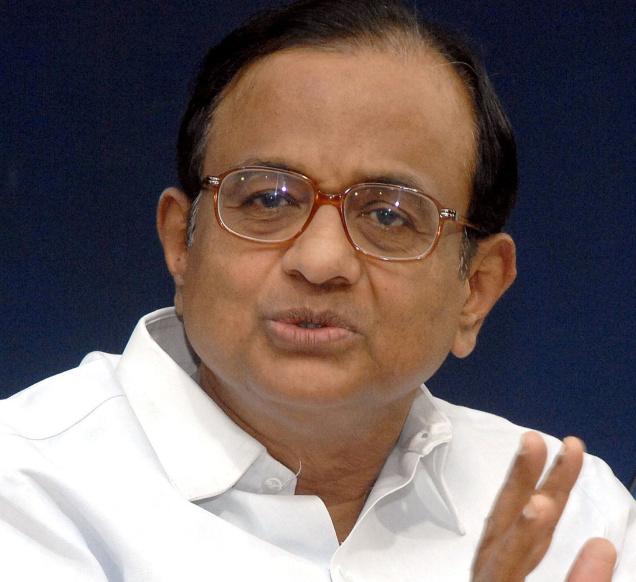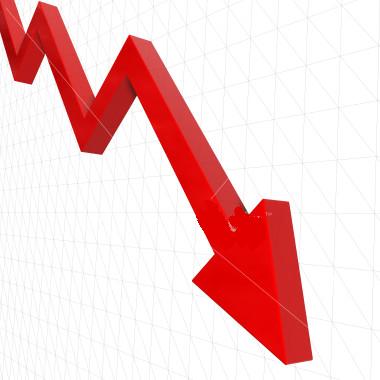 A small industry seems to have evolved around trying to explain why the Bhartiya Janata Party(BJP) lost the Delhi elections. A spate of reasons have been offered. One gentleman even went to the extent of saying that it was a weekend, and the BJP voters were not in Delhi.
A small industry seems to have evolved around trying to explain why the Bhartiya Janata Party(BJP) lost the Delhi elections. A spate of reasons have been offered. One gentleman even went to the extent of saying that it was a weekend, and the BJP voters were not in Delhi.
And then there have been regular reasons like the fringe elements in the Sangh Parivar and the comments they have been making, costing BJP the election. It was also said that the BJP ran a very negative campaign in Delhi, where they targeted Arvind Kejriwal more often than they should have.
Some political pundits have done a complete turnaround and been telling us that they knew all along that the BJP would lose big time in Delhi. The best explanation for this came on one of the Hindi news channels on the day when votes polled for the Delhi election were being counted.
A journalist explained that he had covered the prime minister Narendra Modi’s rallies in Delhi and they did not attract the same kind of crowd that they had when the BJP organized rallies with Modi as the star speaker, at the time of the Lok Sabha elections. He further explained that he saw people leaving the rally even before Modi’s speech had ended. And that was a clear habinger of things to come.
The question is—if this journalist was so sure about all this, why didn’t he say so at the time the rallies were held. Or even other analysts and journalists who have been coming up with different reasons for BJP’s loss in Delhi—if they were so sure, why didn’t they say so earlier?
The “I already told you so,” explanations that have been offered in the aftermath of BJP’s Delhi defeat are an excellent example of what psychologists and behavioural economists call “hindsight bias”.
The Nobel Prize winning economist Daniel Kahneman defines hindsight bias in his book Thinking Fast and Slow, as follows: “When an unpredicted event occurs, we immediately adjust our view of the world to accommodate that surprise…A general limitation of the human mind is its imperfect ability to reconstruct past states of knowledge, or beliefs that have changed. Once you adopt a new view of the world(or of any part of it), you immediately lose much of your ability to recall what you used to believe in before your mind changed.”
Hindsight bias is also referred to as “I knew it all along effect”. As Nassim Nicholas Taleb writes in Fooled by Randomness: “Our minds are not quite desinged to understand how the world works, but, rather, to get out of trouble rapidly and have progeny. If they were made for us to understand things, then we would have machine in it that would run the past history as in a VCR, with a correct chronology, and it would slow us down so much that we would have trouble operating. Psychologists call this overestimation of what one knew at the time of the event due to subsequent information…the “I knew it all along” effect.”
This bias is clearly at work in the explanations that are now being offered for BJP’s shocking defeat in Delhi. One explanation that has been offered is that the freebies/sops offered by the Aam Aadmi Party, essentially led to BJP’s wipe out. But if that were the case then Ashok Gehlot would not have lost in Rajasthan and neither would have M Karunanidhi, the last time they faced the electorate. Oh, and what about Sonia Gandhi? If it were just about offering freebies to voters, would the Congress have been reduced to 44 seats in the current Lok Sabha?
This brings us back to the question, why did the BJP lose so badly in Delhi? One answer lies in the fact that the vote share of the Congress party collapsed and it moved lock, stock and barrel to the Aam Aadmi Party. Why did this vote share not move to the BJP? This is where all the explanations start to come in. But almost all these theories are a matter of conjecture because nobody really knows what’s going on in the minds of a huge number of voters.
The human mind likes explanations for what it does not understand. As Gary Smith writes in Standard Deviations—Flawed Assumptions, Tortured Data and Other Ways to Lie With Statistics: “Our inherited desire to explain what we see fuels two kinds of cognitive errors. First, we are too easily seduced by patterns and by the theories and discount contradicting evidence. We believe stories simply because they are consistent with the patterns we observe and, once we have a story, we are reluctant to let it go.”
In the context of the Delhi elections what this means is that if you are a BJP supporter you would like to believe that the BJP lost because the Aam Aadmi Party offered freebies to voters. If you are an Aam Aadmi Party supporter you would like to believe that the party won because of the positive campaign that it ran. But as Smith points out: “Order is more comforting than chaos…Our vulnerability comes from a deep desire to make sense of the world, and it’s notoriously hard to shake off.”
Further, the more unpredicted an event is, the greater is the hindsight bias. Kahneman explains this through the example of 9/11. As he writes: “In the case of a catastrophe, such as 9/11, we are especially ready to believe that the officials who failed to anticipate were negligent or blind.”
On July 10, 2001, the CIA received information that al-Qaeda was planning an attack on the United States. The CIA director George Tenet told the National Security Adviser Condoleeza Rice and not President George Bush.
When Ben Bradlee the legendary executive editor of The Washington Post came to know of it, he remarked: “It seems to me elementary that if you’ve got the story that’s going to dominate history you might as well go right to the president.” This is classic hindsight bias.
As Kahneman writes: “But on July 10, no one knew—or could have known—that this tidbit of intelligence would turn out to dominate history.”
Long story short—it is always easy to be wise after the event. And that is what is happening with all the lessons/explanations that have been offered for BJP’s defeat in Delhi.
(Vivek Kaul is the author of the Easy Money trilogy. He tweets @kaul_vivek)
The column originally appeared on www.firstpost.com on Feb14, 2015


